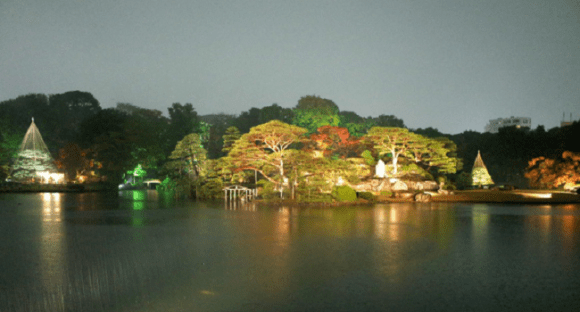
They’re often overshadowed by the sakura, but Japan’s fall colors make the country a beautiful place to be at this time of year. Maples and gingkos even have a few advantages over cherry trees. They tend to hold their color a little longer, and the cooler weather is less conducive to large outdoor parties, meaning your appreciation of the beauty of nature is less likely to be disturbed by the carousing of drunks.
In contrast to Tokyo’s many cherry tree-lined parks and boulevards, though, getting a good view of crimson and yellow leaves often means having to head out of the city and up into the mountains. That’s not always the case, though. Historic Rikugien Garden has plenty of fall color, is located right in the middle of Tokyo, and right now is so beautiful it’s staying open after dark.
Before Tokyo was the capital of modern Japan, it was Edo, the seat of power for the shogun’s feudal government. In 1695, the shogun granted the land that would become Rikugien to Yanagisawa Yoshiyasu, the daimyo, or warlord, who controlled Kawagoe (now part of Saitama Prefecture).
In the 19th century, political shifts weakened and eventually eliminated the samurai class. Taking over their place in society were captains of industry like Iwasaki Yataro, the founder of Mitsubishi, who would purchase Rikugien after making his fortune in shipping and financing. Eventually, though, the garden was donated to the city of Tokyo, which has been the owner of Rikugien since 1938.
Much of the city was destroyed twice over during the first half of the 20th century, first by the massive Great Kanto Earthquake of 1923 and then by bombing during World War II. Rikugien managed to come through both more or less unscathed, though, and retains much of the same layout it first had 300-plus years ago.
With cherry trees, azaleas, hydrangeas, and even a small field of tea shrubs, Rikugien is worth a visit in just about any month of the year, but right now is one of your few chances to visit after sunset. While the gates ordinarily close at 5 p.m., until December 7 the garden is open until 9 o’clock, giving you a chance to stroll around its illuminated paths after work or dinner.
Rikugien is just seven minutes on foot from Komagome Station on the Yamanote Line, the primary rail loop that encircles downtown Tokyo. Once inside, though, it’s easy to forget that you’re smack dab in the middle of one of the world’s biggest and busiest cities, thanks to the spacious and well-maintained grounds.
We stopped by on November 20, the first night Rikugien was open, and the overcast skies and light drizzle didn’t do anything to detract from the picturesque scenery. If anything, it took on an even more elegant air in its shroud of light mist.
Usually, an hour or so is enough time to see all that Rikugien has to offer. As we snapped pictures and soaked up the atmosphere, though, one hour quickly turned into two. As we admired our surroundings, we realized that someone else had probably stood in the same spot, doing the same thing, some three centuries ago. Given that our ticket had cost us just 300 yen (US$2.60), that works out to about one yen a year, which we say is a bargain for a little trip back in time.
Garden information
Rikugien Garden / 六義園
Address: Tokyo-to, Bunkyo-ku, Honkomagome, Rokuchome
東京都文京区本駒込六丁目
Website
Photos: RocketNews24
Yanagisawa Yoshiyasu image: Wikipedia/Ichirenji
[ Read in Japanese ]

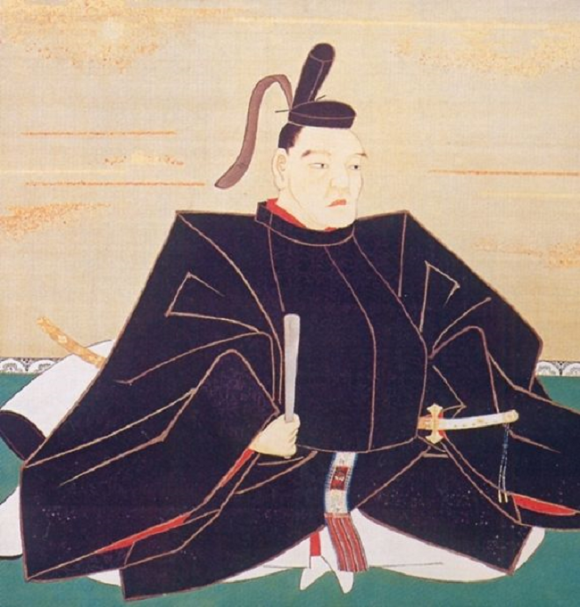
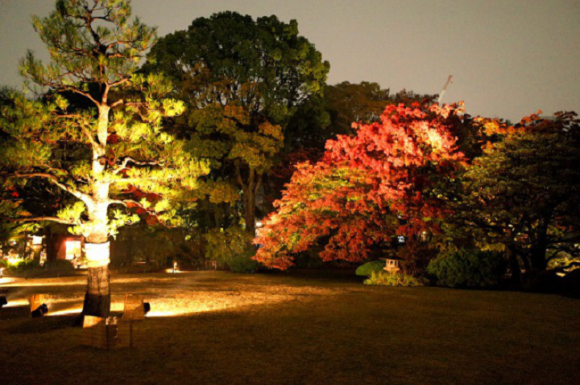
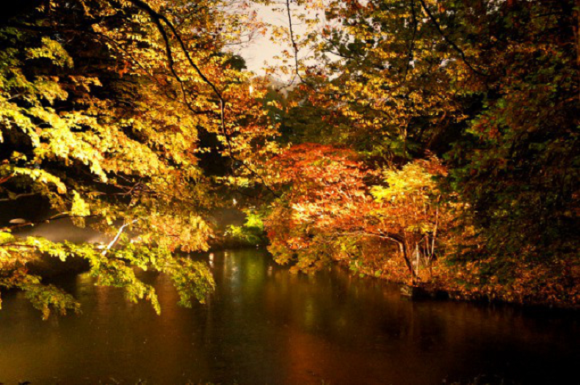
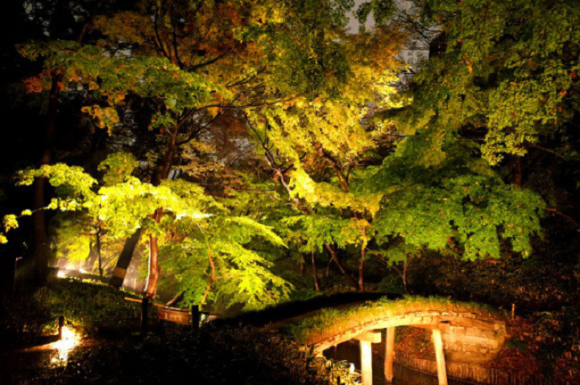

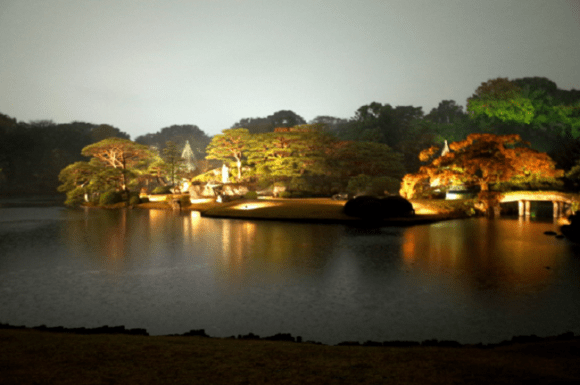
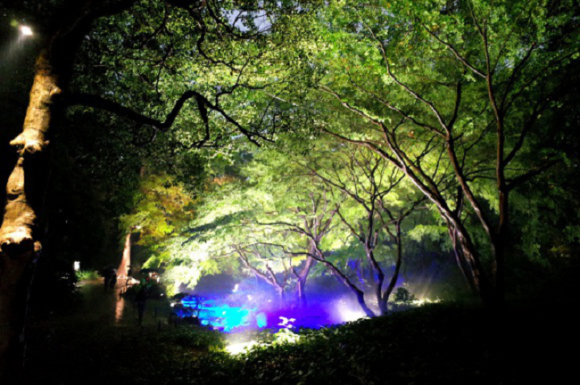
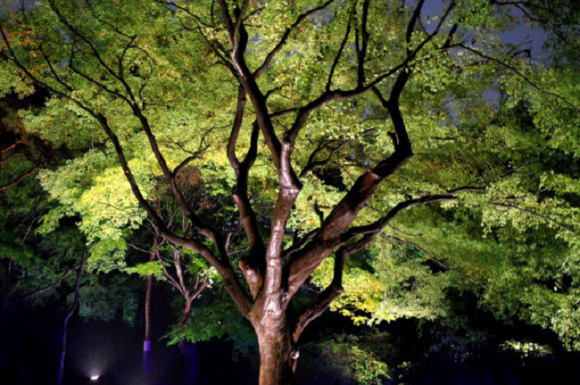
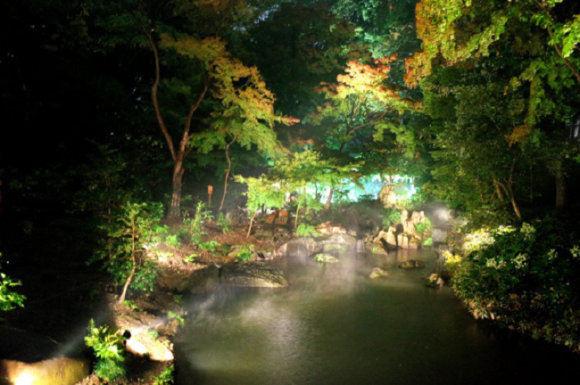
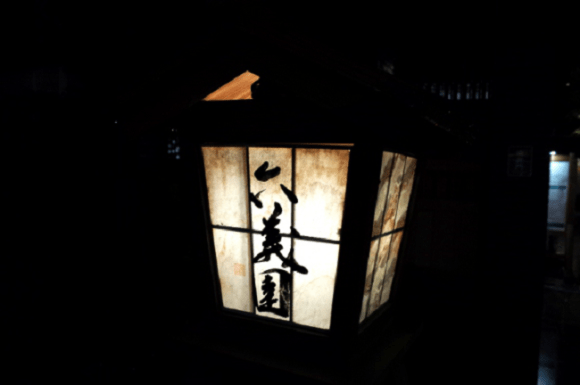
 Machida Squirrel Garden: Tokyo’s tiny zoo for equally tiny critters【Photos】
Machida Squirrel Garden: Tokyo’s tiny zoo for equally tiny critters【Photos】 Moving to Tokyo? Real estate agent picks five best neighborhoods for single residents
Moving to Tokyo? Real estate agent picks five best neighborhoods for single residents Steam Garden: Tokyo’s steampunk festival might be better than a Victorian time machine
Steam Garden: Tokyo’s steampunk festival might be better than a Victorian time machine A visit to Japan’s forbidden forest of Yawata no Yabushirazu
A visit to Japan’s forbidden forest of Yawata no Yabushirazu Tokyo’s best downtown garden gets even more beautiful with after-dark fall colors event
Tokyo’s best downtown garden gets even more beautiful with after-dark fall colors event McDonald’s new Happy Meals offer up cute and practical Sanrio lifestyle goods
McDonald’s new Happy Meals offer up cute and practical Sanrio lifestyle goods All-you-can-drink Starbucks and amazing views part of Tokyo’s new 170 meter-high sky lounge
All-you-can-drink Starbucks and amazing views part of Tokyo’s new 170 meter-high sky lounge More foreign tourists than ever before in history visited Japan last month
More foreign tourists than ever before in history visited Japan last month Studio Ghibli glasses cases let anime characters keep an eye on your spectacles
Studio Ghibli glasses cases let anime characters keep an eye on your spectacles Beautiful Sailor Moon manhole cover coasters being given out for free by Tokyo tourist center
Beautiful Sailor Moon manhole cover coasters being given out for free by Tokyo tourist center The oldest tunnel in Japan is believed to be haunted, and strange things happen when we go there
The oldest tunnel in Japan is believed to be haunted, and strange things happen when we go there Arrest proves a common Japanese saying about apologies and police
Arrest proves a common Japanese saying about apologies and police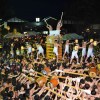 “Half-naked men only in loincloths” drum battle returns to Hida festival for first time in five years
“Half-naked men only in loincloths” drum battle returns to Hida festival for first time in five years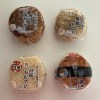 Should you warm up your convenience store onigiri rice balls in the microwave?【Taste test】
Should you warm up your convenience store onigiri rice balls in the microwave?【Taste test】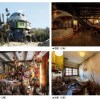 Ghibli Park opens final area to first visitors, with stunning new attractions and shops 【Videos】
Ghibli Park opens final area to first visitors, with stunning new attractions and shops 【Videos】 Disney princesses get official manga makeovers for Manga Princess Cafe opening in Tokyo
Disney princesses get official manga makeovers for Manga Princess Cafe opening in Tokyo We try out “Chan Ramen”, an underground type of ramen popular in the ramen community
We try out “Chan Ramen”, an underground type of ramen popular in the ramen community Starbucks reopens at Shibuya Scramble Crossing with new look and design concept
Starbucks reopens at Shibuya Scramble Crossing with new look and design concept Beautiful new Final Fantasy T-shirt collection on the way from Uniqlo【Photos】
Beautiful new Final Fantasy T-shirt collection on the way from Uniqlo【Photos】 Foreign English teachers in Japan pick their favorite Japanese-language phrases【Survey】
Foreign English teachers in Japan pick their favorite Japanese-language phrases【Survey】 Is the new Shinkansen Train Desk ticket worth it?
Is the new Shinkansen Train Desk ticket worth it? There’s a park inside Japan where you can also see Japan inside the park
There’s a park inside Japan where you can also see Japan inside the park Japanese convenience store packs a whole bento into an onigiri rice ball
Japanese convenience store packs a whole bento into an onigiri rice ball Studio Ghibli releases Kiki’s Delivery Service chocolate cake pouches in Japan
Studio Ghibli releases Kiki’s Delivery Service chocolate cake pouches in Japan Japan’s bone-breaking and record-breaking roller coaster is permanently shutting down
Japan’s bone-breaking and record-breaking roller coaster is permanently shutting down New definition of “Japanese whiskey” goes into effect to prevent fakes from fooling overseas buyers
New definition of “Japanese whiskey” goes into effect to prevent fakes from fooling overseas buyers Foreign passenger shoves conductor on one of the last full runs for Japan’s Thunderbird train
Foreign passenger shoves conductor on one of the last full runs for Japan’s Thunderbird train Our Japanese reporter visits Costco in the U.S., finds super American and very Japanese things
Our Japanese reporter visits Costco in the U.S., finds super American and very Japanese things Kyoto bans tourists from geisha alleys in Gion, with fines for those who don’t follow rules
Kyoto bans tourists from geisha alleys in Gion, with fines for those who don’t follow rules Studio Ghibli unveils Mother’s Day gift set that captures the love in My Neighbour Totoro
Studio Ghibli unveils Mother’s Day gift set that captures the love in My Neighbour Totoro Domino’s Japan now sells…pizza ears?
Domino’s Japan now sells…pizza ears? New Japanese KitKat flavour stars Sanrio characters, including Hello Kitty
New Japanese KitKat flavour stars Sanrio characters, including Hello Kitty Sales of Japan’s most convenient train ticket/shopping payment cards suspended indefinitely
Sales of Japan’s most convenient train ticket/shopping payment cards suspended indefinitely Sold-out Studio Ghibli desktop humidifiers are back so Totoro can help you through the dry season
Sold-out Studio Ghibli desktop humidifiers are back so Totoro can help you through the dry season Japanese government to make first change to romanization spelling rules since the 1950s
Japanese government to make first change to romanization spelling rules since the 1950s Ghibli founders Toshio Suzuki and Hayao Miyazaki contribute to Japanese whisky Totoro label design
Ghibli founders Toshio Suzuki and Hayao Miyazaki contribute to Japanese whisky Totoro label design Doraemon found buried at sea as scene from 1993 anime becomes real life【Photos】
Doraemon found buried at sea as scene from 1993 anime becomes real life【Photos】 Tokyo’s most famous Starbucks is closed
Tokyo’s most famous Starbucks is closed One Piece characters’ nationalities revealed, but fans have mixed opinions
One Piece characters’ nationalities revealed, but fans have mixed opinions We asked a Uniqlo employee what four things we should buy and their suggestions didn’t disappoint
We asked a Uniqlo employee what four things we should buy and their suggestions didn’t disappoint Princesses, fruits, and blacksmiths: Study reveals the 30 most unusual family names in Japan
Princesses, fruits, and blacksmiths: Study reveals the 30 most unusual family names in Japan Studio Ghibli’s new desktop Howl’s Moving Castle will take your stationery on an adventure
Studio Ghibli’s new desktop Howl’s Moving Castle will take your stationery on an adventure Living the hotel life across Japan – Monthly plan lets you jump between 35 hotels, 12 prefectures
Living the hotel life across Japan – Monthly plan lets you jump between 35 hotels, 12 prefectures Sakura in Japan 2019: The best spots for hanami cherry blossom viewing
Sakura in Japan 2019: The best spots for hanami cherry blossom viewing The top 5 places to see the sun set in Japan
The top 5 places to see the sun set in Japan Japanese castle’s new Ninja Museum sends you on an interactive shinobi mission through history
Japanese castle’s new Ninja Museum sends you on an interactive shinobi mission through history Beautiful hydrangea pattern adds a touch of elegance to traditional Japanese fish cake
Beautiful hydrangea pattern adds a touch of elegance to traditional Japanese fish cake The top 20 places to visit in Tokyo, as chosen by travelers
The top 20 places to visit in Tokyo, as chosen by travelers Artificial sea of clouds made by luxury hotel in Tokyo during summer
Artificial sea of clouds made by luxury hotel in Tokyo during summer Japan’s 30 best travel destinations, as chosen by overseas visitors
Japan’s 30 best travel destinations, as chosen by overseas visitors When is the best time to see Japan’s amazing fall color leaves?
When is the best time to see Japan’s amazing fall color leaves? Early-blooming sakura cherry blossoms create pink-tinged wonderlands in Japan
Early-blooming sakura cherry blossoms create pink-tinged wonderlands in Japan We get a rare whiff of the corpse flower, a.k.a. the world’s stinkiest flower, in Tokyo botanical garden
We get a rare whiff of the corpse flower, a.k.a. the world’s stinkiest flower, in Tokyo botanical garden The all-new Kyotrain, maybe Japan’s most Japanese train ever, will take you to Kyoto this spring
The all-new Kyotrain, maybe Japan’s most Japanese train ever, will take you to Kyoto this spring 10 sakura-viewing events to enjoy the Tokyo area’s cherry blossoms in 2023
10 sakura-viewing events to enjoy the Tokyo area’s cherry blossoms in 2023 Kyoto cafe shows us the beauty of minerals through its breathtaking dishes
Kyoto cafe shows us the beauty of minerals through its breathtaking dishes
Leave a Reply